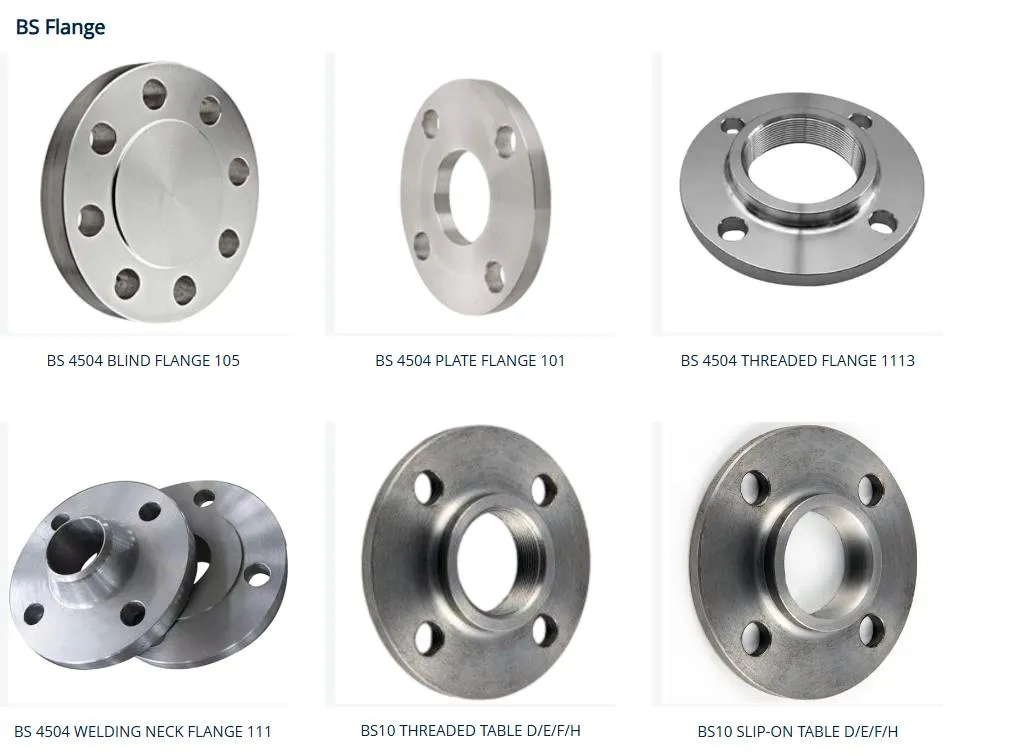-
Cangzhou Yulong Steel Co., Ltd.
-
Phone:
+86 13303177267 -
Email:
admin@ylsteelfittings.com
- English
- Arabic
- Italian
- Spanish
- Portuguese
- German
- kazakh
- Persian
- Greek
- French
- Russian
- Polish
- Thai
- Indonesian
- Vietnamese
- Zulu
- Korean
- Uzbek
- Hindi
- Serbian
- Malay
- Ukrainian
- Gujarati
- Haitian Creole
- hausa
- hawaiian
- Hebrew
- Miao
- Hungarian
- Icelandic
- igbo
- irish
- Japanese
- Javanese
- Kannada
- Khmer
- Rwandese
- Afrikaans
- Albanian
- Amharic
- Armenian
- Azerbaijani
- Basque
- Belarusian
- Bengali
- Bosnian
- Bulgarian
- Catalan
- Cebuano
- China
- China (Taiwan)
- Corsican
- Croatian
- Czech
- Danish
- Esperanto
- Estonian
- Finnish
- Frisian
- Galician
- Georgian
- Kurdish
- Kyrgyz
- Lao
- Latin
- Latvian
- Lithuanian
- Luxembourgish
- Macedonian
- Malgashi
- Malayalam
- Maltese
- Maori
- Marathi
- Mongolian
- Myanmar
- Nepali
- Norwegian
- Norwegian
- Occitan
- Pashto
- Dutch
- Punjabi
- Romanian
- Samoan
- Scottish Gaelic
- Sesotho
- Shona
- Sindhi
- Sinhala
- Slovak
- Slovenian
- Somali
- Sundanese
- Swahili
- Swedish
- Tagalog
- Tajik
- Tamil
- Tatar
- Telugu
- Turkish
- Turkmen
- Urdu
- Uighur
- Welsh
- Bantu
- Yiddish
- Yoruba

Oct . 05, 2024 11:27 Back to list
steel pipe bend
Understanding Steel Pipe Bends Applications and Benefits
In various industries, the need for effective piping solutions is paramount. Steel pipe bends, essential components in piping systems, are used to change the direction of flow in pipelines, allowing for the efficient transportation of liquids, gases, and even solids. This article explores the significance of steel pipe bends, their applications, manufacturing processes, and the myriad benefits they offer.
Applications of Steel Pipe Bends
Steel pipe bends can be found in numerous applications across industries such as oil and gas, water treatment, manufacturing, and construction. In the oil and gas industry, they play a vital role in transporting crude oil through pipelines, often spanning thousands of miles. Water treatment facilities utilize steel pipe bends to navigate complex plumbing systems that manage the flow of treated and untreated water.
In manufacturing and processing plants, steel pipe bends are employed to connect various components of piping systems, directing the passage of different materials while maintaining optimal performance. Furthermore, in the construction sector, these bends are essential in HVAC systems, ensuring efficient airflow and temperature regulation.
Manufacturing of Steel Pipe Bends
Steel pipe bends can be produced using various techniques, including bending, welding, and molding. The most common manufacturing methods include
1. Cold Bending This process involves the use of specialized equipment to bend the pipe at room temperature. Cold bending is ideal for producing tight bends without the need for heating, thus maintaining the integrity of the steel.
2. Hot Bending Hot bending requires heating the steel pipe to a high temperature before bending. This technique allows for greater curvature and is often used for larger radius bends. The heat softens the material, making it easier to manipulate without compromising its structural integrity.
steel pipe bend

3. Elbow Welding In this method, pre-formed elbow pieces are welded to sections of straight pipes to create bends. This approach is especially useful for achieving specific angles and is often seen in customized piping systems.
The choice of manufacturing method typically depends on the specific requirements of the project, including the size, radius, material, and application.
Benefits of Using Steel Pipe Bends
1. Durability Steel is known for its strength and longevity. Steel pipe bends can withstand high pressure and temperature variations, making them suitable for demanding environments.
2. Corrosion Resistance Many steel pipes can be coated or alloyed with materials that enhance their resistance to corrosion. This factor is crucial in industries where the pipes are constantly exposed to moisture, chemicals, or other harsh elements.
3. Versatility Steel pipe bends can be designed to fit various applications. Whether in a complex piping system or a simple plumbing setup, these bends can be tailored to meet specific requirements.
4. Cost-Effectiveness While the initial investment may be higher compared to other materials, the long-term savings associated with durability and lower maintenance costs make steel pipe bends a cost-effective choice.
5. Ease of Installation With proper planning and the right tools, steel pipe bends can be installed relatively easily, reducing installation time and labor costs.
In conclusion, steel pipe bends are indispensable components in modern piping systems. Their applications span a wide array of industries, reinforcing the need for quality and durability. As industries continue to innovate and evolve, the role of steel pipe bends will undoubtedly expand, solidifying their importance in efficient and reliable fluid transport systems.
Latest news
-
ANSI 150P SS304 SO FLANGE
NewsFeb.14,2025
-
ASTM A333GR6 STEEL PIPE
NewsJan.20,2025
-
ANSI B16.5 WELDING NECK FLANGE
NewsJan.15,2026
-
ANSI B16.5 SLIP-ON FLANGE
NewsApr.19,2024
-
SABS 1123 FLANGE
NewsJan.15,2025
-
DIN86044 PLATE FLANGE
NewsApr.19,2024
-
DIN2527 BLIND FLANGE
NewsApr.12,2024
-
JIS B2311 Butt-Welding Fittings LR/SR 45°/90° /180°Seamless/Weld
NewsApr.23,2024











